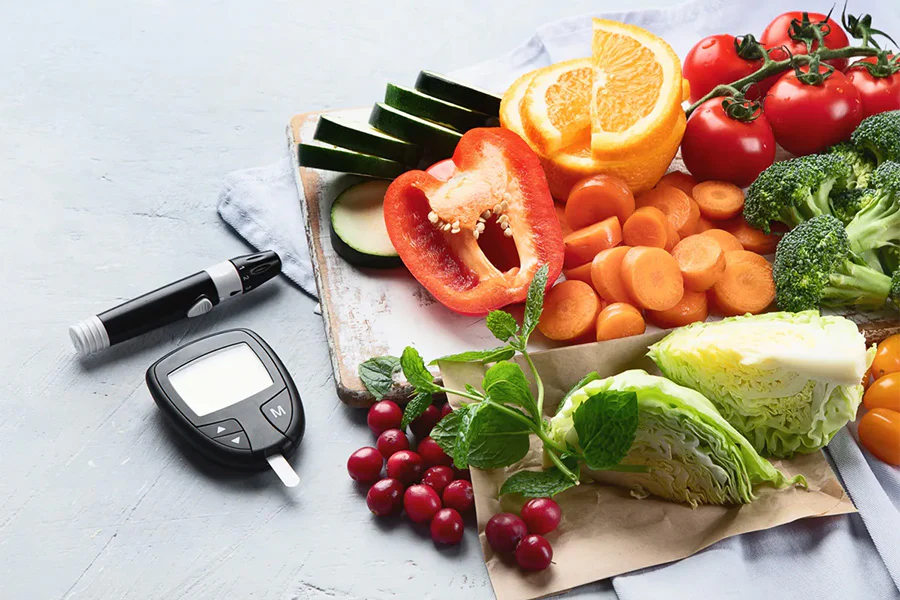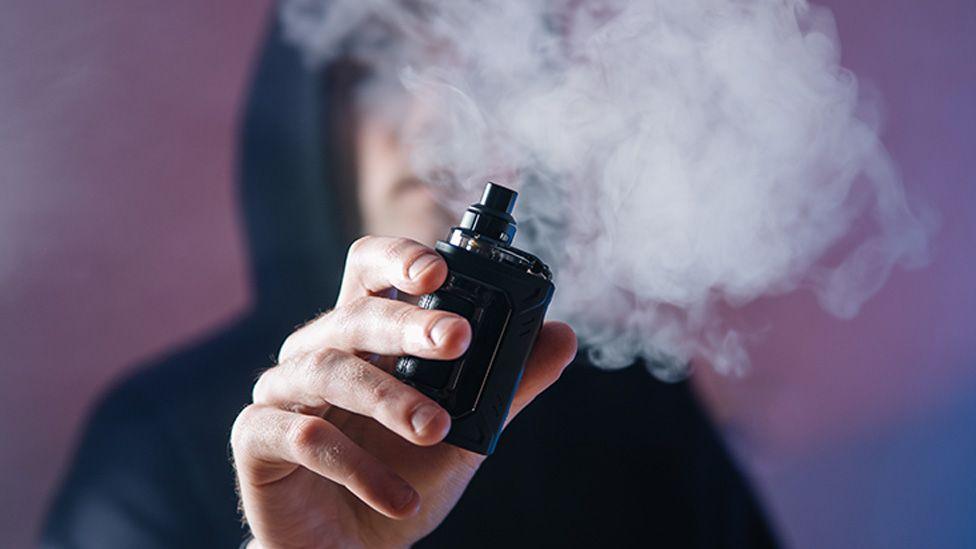Living with Type 2 diabetes can feel overwhelming, yet it also offers an opportunity to take charge of one’s health. Many individuals find themselves standing at a crossroads, grappling with the challenges of managing blood sugar levels while yearning for a life full of vitality. By focusing on transformative lifestyle changes, they can pave the way to better diabetes management.
This journey is not just about restricting food or taking medications; it is about embracing healthy eating habits, engaging in physical activity, and cultivating a lifestyle that nurtures physical and emotional well-being. Together, these changes can lead to a renewed sense of purpose and control over one’s health. Check out more info on Ozempic while you’re at it!
Healthy Eating Habits for Diabetes Management

Adopting healthy eating habits plays a vital role in diabetes management, contributing significantly to overall well-being. By focusing on balanced meals, individuals can maintain stable blood sugar levels and enhance their quality of life. Understanding key strategies such as carbohydrate counting and portion control empowers one to make informed dietary choices.
Importance of Balanced Meals
Balanced meals are essential for stabilizing blood sugar levels. A well-rounded diet should include a variety of nutritious foods like vegetables, fruits, whole grains, and lean proteins. Such a diverse plate not only provides the necessary nutrients but also helps in managing calorie intake effectively, reducing the risk of blood sugar spikes.
Understanding Carbohydrate Counting
Carbohydrate counting is an important skill for those managing diabetes. Since carbohydrates significantly influence blood sugar levels, being mindful of carb intake helps individuals align their eating habits with their medication schedules. This practice is particularly crucial for those on insulin therapy, as it allows for better control of blood sugar variations throughout the day.
The Plate Method for Portion Control
The Plate Method simplifies meal planning by visualizing portion sizes on a 9-inch plate. Filling half the plate with non-starchy vegetables, one quarter with lean protein, and the final quarter with healthy carbohydrates promotes balanced nutrition. This structured approach aids in portion control and ensures that meals remain within recommended guidelines for effective diabetes management.
| Food Group | Plate Portion | Examples |
| Non-Starchy Vegetables | 50% | Spinach, broccoli, bell peppers, carrots |
| Lean Proteins | 25% | Grilled chicken, fish, tofu, legumes |
| Healthy Carbohydrates | 25% | Brown rice, quinoa, whole-grain bread, sweet potatoes |
How to Manage Type 2 Diabetes with Lifestyle Changes
Managing Type 2 diabetes effectively requires a multifaceted approach, where lifestyle changes play a pivotal role. Incorporating physical activity, adopting weight loss strategies, ensuring medication adherence, and maintaining regular check-ups can significantly enhance diabetes management.
Physical Activity and Its Benefits
Engaging in regular physical activity is vital for individuals managing Type 2 diabetes. It helps lower blood sugar levels and improves insulin sensitivity. Aiming for at least 150 minutes of moderate aerobic exercise weekly, complemented by strength training, enhances overall health and diabetic control. Individuals can choose activities such as walking, cycling, and swimming to make exercise engaging and sustainable.
Weight Loss Strategies
Excess weight often complicates diabetes management, making effective weight loss strategies necessary. Combining healthier eating habits with increased physical activity can facilitate modest weight loss. This reduction is linked to significant benefits, including lowering diabetes risks by over 50%. Keeping a food diary can help track dietary intake and blood sugar levels, assisting individuals in achieving their weight loss goals.
Medication Adherence and Regular Check-ups

Successful diabetes management hinges on medication adherence and routine check-ups with healthcare professionals. By consistently following prescribed medication regimens, individuals can optimize their treatment outcomes. Regular check-ups provide opportunities to monitor progress and adjust treatment plans as needed. They also emphasize the importance of maintaining overall health, including monitoring blood pressure and cholesterol levels.
Conclusion
Effective diabetes management involves a multifaceted approach that highlights the importance of healthy lifestyle changes. By focusing on balanced nutrition, individuals can significantly improve their blood sugar control while enjoying the benefits of various delicious foods. Those managing Type 2 diabetes often find that implementing strategies like carbohydrate counting and the plate method leads to successful meal planning and portion control.
In addition to dietary adjustments, incorporating regular physical activity into one’s routine plays a vital role in maintaining optimal weight and overall health. Activities such as walking, swimming, or cycling not only aid in controlling blood sugar levels but also enhance mood and energy levels. Combined with the commitment to adhere to medication plans and regular consultations with healthcare providers, a proactive approach ensures continuous improvement in diabetes management.
Living with Type 2 diabetes doesn’t have to be daunting. Embracing these healthy lifestyle changes can lead to a more vibrant life and a sense of empowerment. By prioritizing informed choices regarding diet, exercise, and healthcare, individuals can cultivate a path to wellness that not only stabilizes blood sugar but also enriches their overall quality of life.
FAQ
What lifestyle changes are most effective in managing Type 2 diabetes?
Effective management of Type 2 diabetes involves making transformative lifestyle changes that focus on healthy eating, regular physical activity, routine health check-ups, stress management, smoking cessation, and careful alcohol consumption.
How can healthy eating habits influence blood sugar control?
Healthy eating habits are crucial as they directly impact blood sugar levels. Meal planning that includes balanced meals rich in vegetables, fruits, whole grains, and lean proteins helps stabilize blood sugar levels and prevents spikes.
What is carbohydrate counting and why is it important for diabetes management?
Carbohydrate counting is a method used to track carbohydrate intake, which significantly affects blood sugar levels. It helps individuals align their carbohydrate consumption with their medication schedules, particularly for insulin doses.
How does physical activity benefit individuals with Type 2 diabetes?
Regular physical activity lowers blood sugar levels and increases insulin sensitivity. Engaging in at least 150 minutes of moderate aerobic activity each week, combined with strength training, can improve overall health and diabetes control.
What weight loss strategies can help manage Type 2 diabetes?
Effective weight loss strategies involve adopting healthier eating habits and increasing physical activity. Even a modest reduction in weight can significantly lower diabetes risks, potentially by over 50%.
Why is medication adherence essential in diabetes management?
Adhering to prescribed medication regimens is vital for optimal diabetes management. Regular consultations with healthcare professionals help in tracking progress and adjusting treatments, which is crucial for maintaining health indicators like blood pressure and cholesterol levels.





